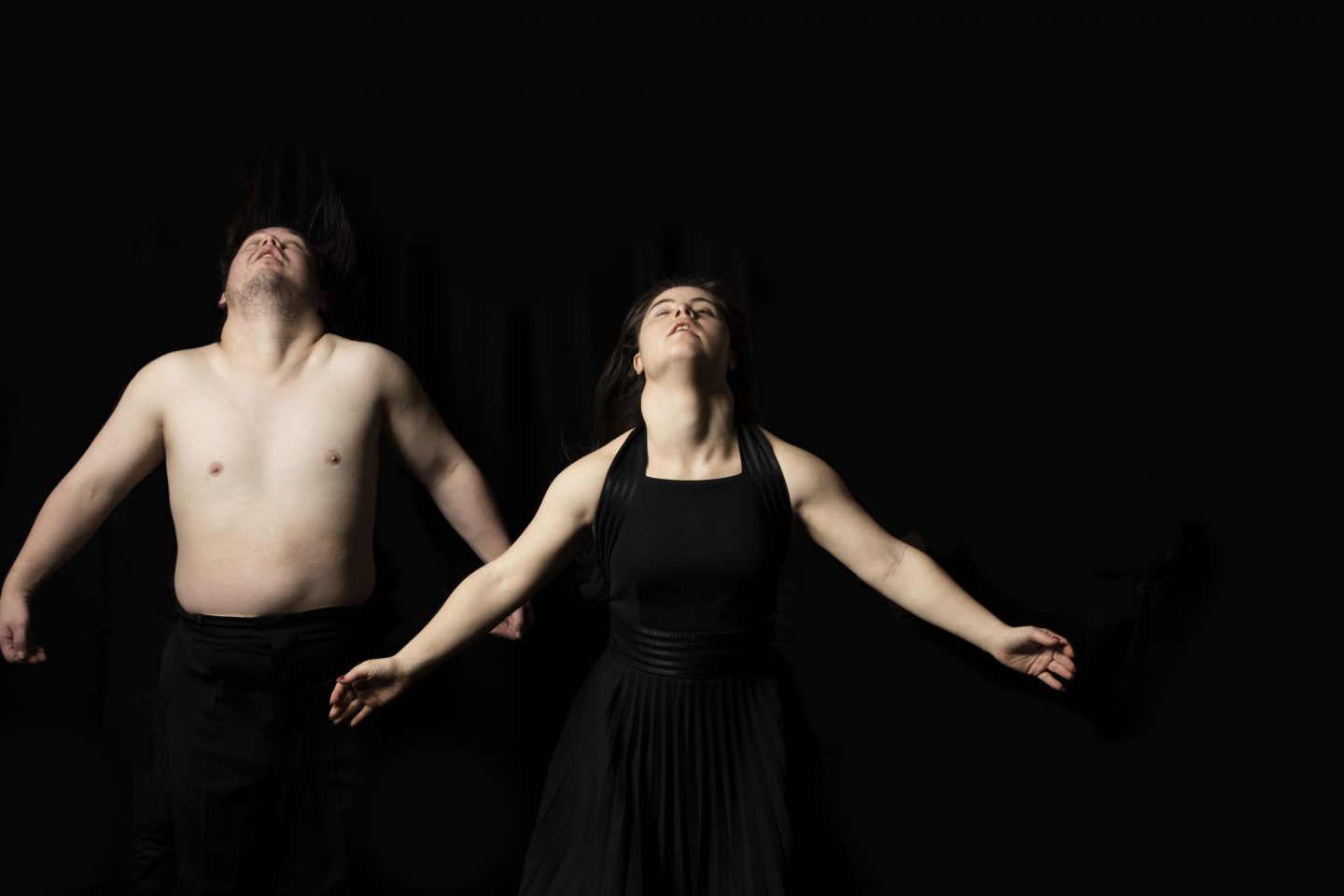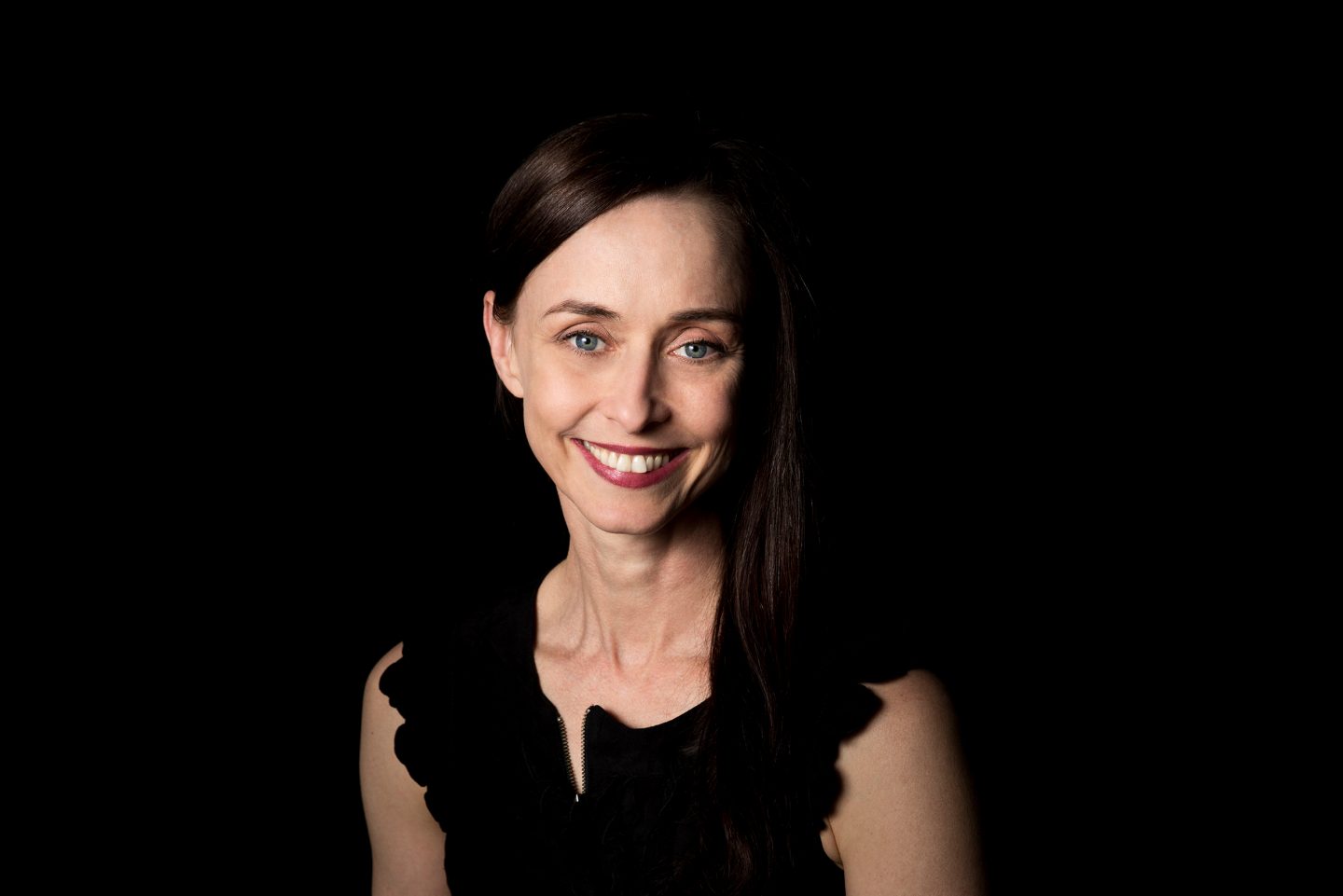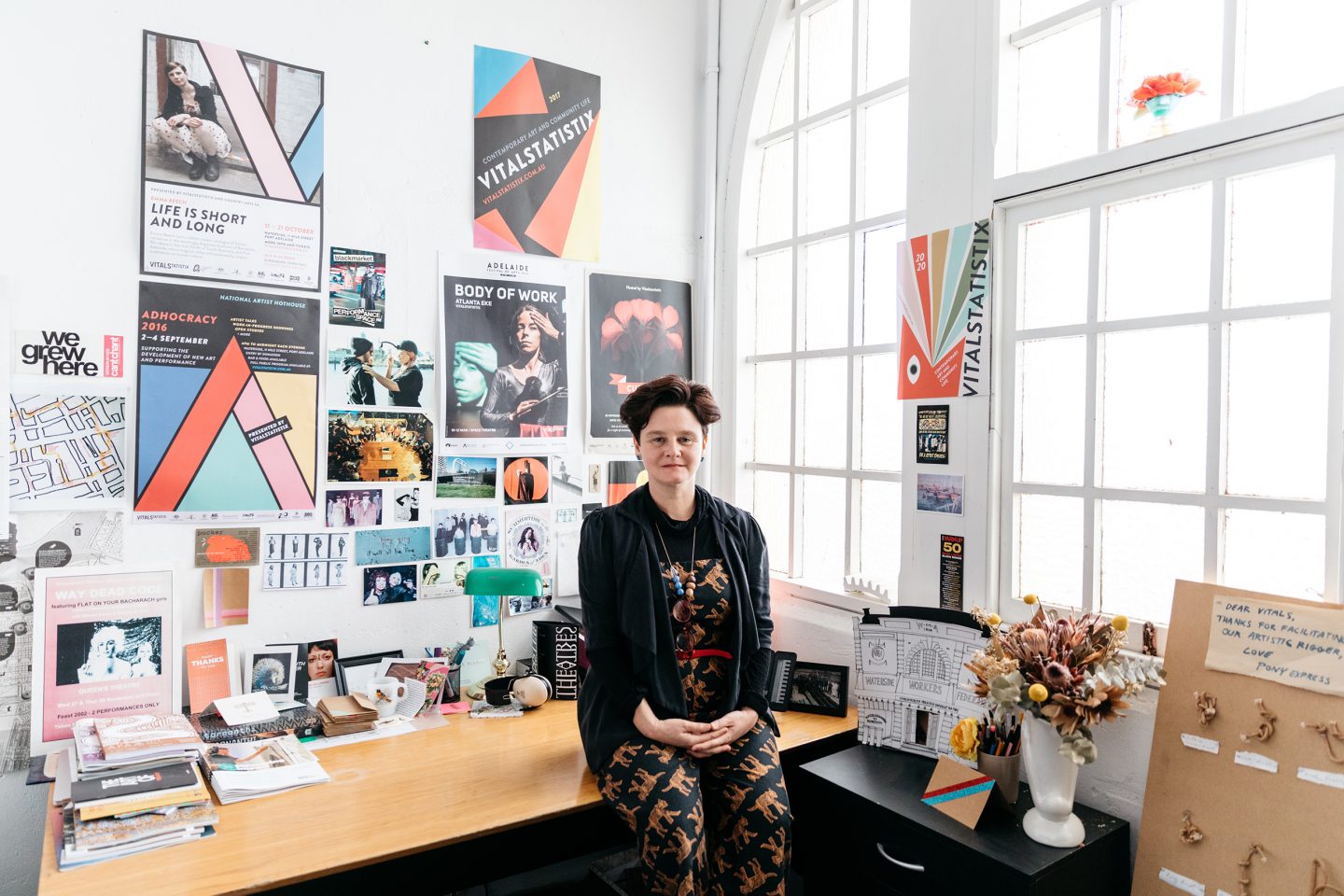“It’s up there with one of the worst days of my life, I think,” Restless Dance Theatre artistic director Michelle Ryan tells The Adelaide Review. “We’ve really built our reputation, especially over the last three years, and we’re seen as a leader in disability and arts.”
On 3 April, Restless Dance Theatre was among 160 organisations awaiting the results of the Australia Council’s 2021–2024 four-year funding program. While 95 organisations were successful nationwide, Restless was among those that failed to secure a stake in the $31.7 million pool.
For Ryan, the “heart-wrenching” news was made more bewildering by the Australia Council’s celebration of her work in March. “I was just a bit blindsided because three weeks earlier I had been given the Australia Council Award for Dance,” she says. “For me, it was sending quite mixed messages – I was shocked. We’ve won a bunch of awards, I seriously don’t know what more we could have done.
“It means we’ll have to cut our program drastically, and staff, and [it] puts in jeopardy our ability to pay artists,” she says. “The company will be celebrating our 30th birthday, so it’s not like we don’t have a track record. But it does mean that, for 2022, at the moment we won’t be sustainable.”
Across town, ACE Open did receive funding in a restoration of sorts – the organisation was formed in direct response to the $105 million George Brandis-era cuts to the Australia Council that saw the Contemporary Art Centre of South Australia (1942–2016) and Australian Experimental Art Foundation (1974– 2016) merge for survival after they both lost their four-year funding.
Socially conscious theatre company ActNow Theatre and Ku Arts, the peak body for the state’s Aboriginal art centres were among the 28 new recipients for 2021–2024, important wins that have instead become a bittersweet footnote to an industry-wide outcry. This ritual of grief is an increasingly regular part of life for Australia’s arts sector, where such achievements come with the knowledge that many beloved, innovative institutions have lost funding, while others see the substantial efforts of a year-long application process come to nothing.
 For dancers like Michael Hodyl and Jianna Georgiou, Restless Dance Theatre offers a rare professional pathway
For dancers like Michael Hodyl and Jianna Georgiou, Restless Dance Theatre offers a rare professional pathway
“Federally, the funding landscape has only gotten worse over the last four years,” Vitalstatistix director Emma Webb explains. Vitalstatistix was also unsuccessful in its application for four-year funding, having held out hope that it might claw back the support it lost following the Australia Council’s ‘Black Friday’ cuts in May 2016 that saw many small-to-medium organisations defunded.
With the major performing arts companies – which account for the lion’s share of the council’s overall funding program – largely insulated from the Brandis-era cuts, it was these smaller organisations that have been disproportionately affected by decline in federal support.
In light of these setbacks, the arts have often been encouraged to look beyond government channels. South Australia’s 2019 Arts and Culture Plan, commissioned by the state government and helmed by the Australia Council’s ‘Black Friday’-era CEO Tony Grybowski, is one recent example. That’s easier said than done for small-to-medium organisations and independent artists that lack the resources to build development, sponsorship or philanthropy teams.
“It was very difficult to ask for money, especially after the bushfires,” Ryan says. “Now it’s even more compounded with the virus. It will be an interesting environment once everyone gets out again.”
“We feel like we do a lot with a small amount of money,” Webb says. “But we want to be able to focus on artists, and put our resources towards artists, and not spend vast portions of our time applying for project grant after project grant.”

“We’ve won a bunch of awards, I seriously don’t know what more we could have done.”
Michelle Ryan, Restless Dance Theatre
Increasingly, it seems the federal Coalition’s treatment of the arts has reached a place beyond mere indifference. While Labor took an arts platform to the 2019 federal election that included a $37.5 million annual injection to the Australia Council, the Coalition offered little to match.
We now know that the Coalition’s energies were spent on initiatives like the now-infamous $102.5 million ‘sports rorts’. Such an exercise in pork-barrelling would be difficult to imagine in today’s arts sector. Part of that is due to the Australia Council’s arms-length selection process, which maintains enough independence for outwardly puzzling outcomes like its peer assessors snubbing someone like Ryan, who had just been feted by the Council itself, to occur.
But there’s also the fact that that federal arts funding is already so competitive that such a spectacular misuse of public money would face immediate scrutiny; as the outcry over George Brandis’ 2015 raids on the funding council demonstrated, voters wouldn’t have had to wait for a Liberal candidate to wave around a novelty cheque for the alarm to be raised.
In the face of such apathy for years the sector has attempted to appeal to the neoliberal values of successive Liberal governments, couching their pleas for support in economic terms – hotel beds, ticket sales, jobs. But now more than ever, we’re witnessing the limitations of that strategy as the government’s COVID-19 response sees billions pumped into every other corner of the economy but the arts.
According to the Grattan Institute, an estimated 55 per cent of ‘arts and recreation services’ workers will be out of work due to COVID-19, second only to the hospitality sector. While Arts Minister Paul Fletcher has said that the government’s wider JobKeeper program will help many affected arts organisations, it has become increasingly apparent that many thousands of workers – often balancing a mix of casual shifts and short-term contract work – could fall through the gaps of eligibility. The recent dispute around workers at Adelaide Festival Centre, excluded from the scheme due to the centre’s state government ties, is one recent example.
On 9 April, just hours after voting down an ALP amendment to include such workers in JobKeeper legislation, Fletcher announced a $27 million arts rescue package – a tiny fraction of the $2 billion lifeline called for in a 26 March open letter from creative industry bodies around the country.
In March, the state government announced $1.5 million in ‘quick response’ arts grants, and received more than 700 applications in a deluge reflecting the scale of the crisis. The program was increased to $2.5 million in April. Across the border, the Victorian government announced a $16.8 million funding package on 25 April.

“Essentially [the Australia Council] has had to rob Peter to pay Paul.”
Emma Webb, Vitalstatistix
For its part, the Australia Council has responded to the crisis with a $5 million ‘resilience fund’ to cushion the blow for defunded organisations while also providing support for the wider arts industry. But this sum is a redeployment of cash designated to now-cancelled future grant programs. The overall amount available to the sector is the same, and its reallocation simply shifts the pain to other areas.
“Essentially they’ve had to rob Peter to pay Paul within their organisation,” Webb says. “For an organisation like ours that has been declined four-year funding, our other way of accessing federal money for our artistic program would have been to put in an annual program grant in the June round, which is now not possible.”
“I do find it really extraordinary that in these times when the federal government is spending billions and billions on initiatives, that the Australia Council, and the arts sector more broadly, has not been able to win an argument to get new initiatives announced by the government,” Webb says, likening the Australia Council’s current role to one of “palliative care” for the embattled sector.
While the Australia Council’s lobbying capacity is restricted by its nature as a statutory authority, it’s worth noting that such limitations don’t appear to hold other bodies back. After all, few would dispute the personal efficacy of former Australian War Memorial director Brendan Nelson in securing staggering amounts of federal funding during his tenure.
“The broader issue is how do we want to treat arts and culture in Australia?” Webb reflects. “From my perspective we need to see it far more in the context of public education or public climate science or medical research; arts and culture are part of the fabric of civil society, and they need to be publicly supported and funded.”
Perhaps the problem lies in a perception that Australian voters fail to see or value the link between arts funding and the culture they consume. After weeks of self-isolation spent binging cultural works, and a collective longing for the days of being able to enjoy a concert, exhibition, or festival, that might change.
“I challenge all the people who don’t think arts is important, in this time of isolation are you watching Netflix?” Ryan says. “Are you listening to music? Are you doing a dance class? What would they do without all of that? That’s all part of the arts.”
Walter is a writer and editor living on Kaurna Country.
Get the latest from The Adelaide Review in your inbox
Get the latest from The Adelaide Review in your inbox